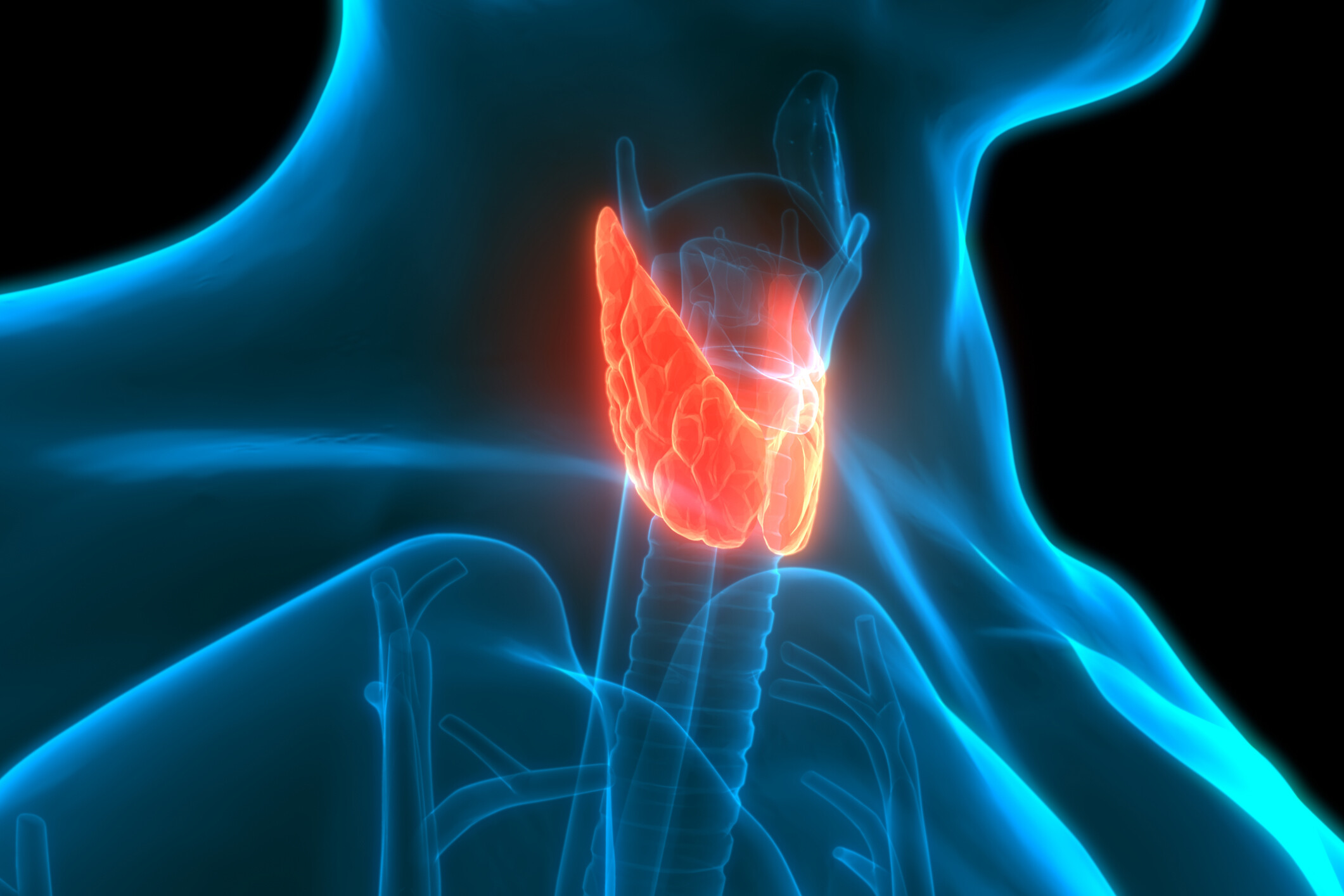CASE REPORT • Novel Role of Focused Airway Ultrasound in Early Airway Assessment of Suspected Laryngeal Trauma.
Source: Ultrasound J (2020) 12:37
Laryngeal injuries, which are rare (estimated incidence of one in every 30,000 emergency department admissions), are often undiagnosed in the initial evaluation of the trauma patient. Delayed recognition and intervention may lead to serious complications, including death due to upper airway obstruction. Therefore, tracheostomy may be required to gain airway access distal to the site of injury.
Current standard of care for laryngeal trauma is determined according to the Schaefer classification of laryngeal injury. Schaefer group 1 and group 2 with minor endolaryngeal injuries can be managed conservatively with observation, antibiotics, steroids, voice rest and anti-reflux medications. However, for more severe Schaefer type 3–5 injuries, open surgical repair will be required to secure a definitive airway.
A systematic management approach of blunt laryngeal trauma is crucial to guide early decision-making and improve patient outcome in the emergency department. High index of suspicion along with history taking and detailed clinical examination are critical in the diagnosis of laryngeal trauma. Flexible nasendoscopy and direct visualization of the airway can help with the diagnosis. CT scanning of the neck is still considered the gold standard to grade the severity of the injury and to direct appropriate management. However, obtaining a timely CT scan may often be challenging. Recently, however, some studies have integrated the use of upper airway ultrasound into point-of-care ultrasound examination. The addition of ultrasound into the diagnostic algorithm may expedite the intervention process by removing some logistics problem and provide rapid information to guide timely management.
The authors discuss the role of focused airway ultrasound in upper airway trauma with the presentation of four interesting cases.
In the discussion, the authors commented that the ABCs of trauma starts with “A” for airway. In this case series, they describe four encounters with ultrasound use for the upper airway in the setting of trauma, that correlated with CT scan assessment of severity. They pointed out apart from blunt force trauma, iatrogenic injuries to the larynx can occur after percutaneous dilatational tracheostomy, fiberoptic bronchoscopy, airway manipulations and procedures (even tracheal intubation). Often in these injuries, there is lack of correlation between symptoms, physical findings, and severity of laryngeal injury, which may result in delayed recognition of such injuries.
They believe that upper airway ultrasound findings that correlate with the Schaefer Classification system may be especially relevant in hemodynamically unstable patients where CT imaging is not feasible. They acknowledge that while larger trials are needed, they propose that focused airway ultrasound can be used to correlate with the Schaefer Classification System.
Therefore, they propose to assimilated laryngeal ultrasound into the work-up of laryngeal trauma.
 English
English
 Español
Español 

